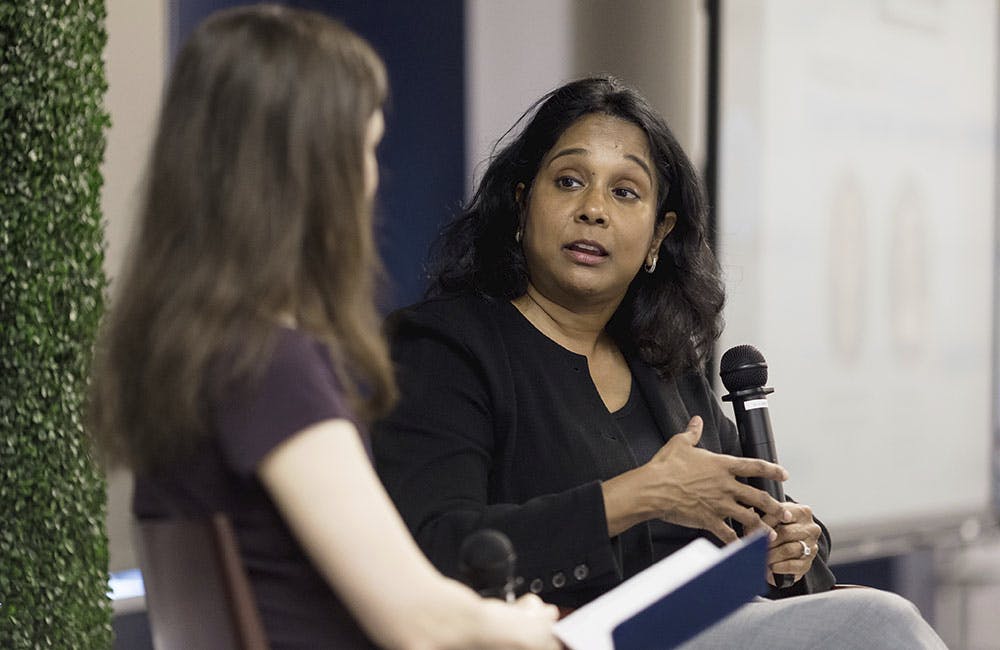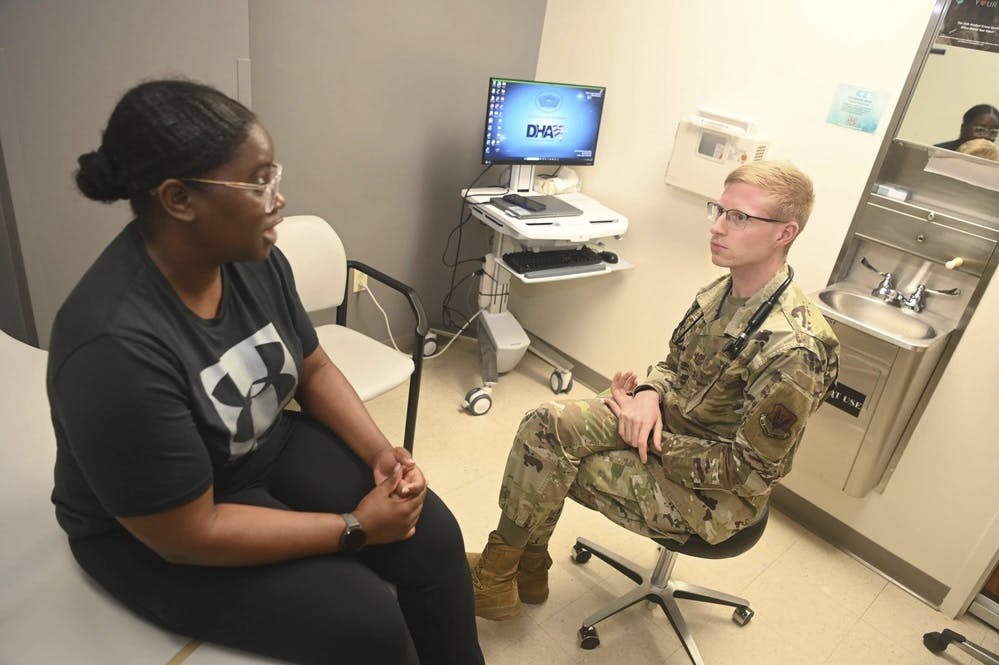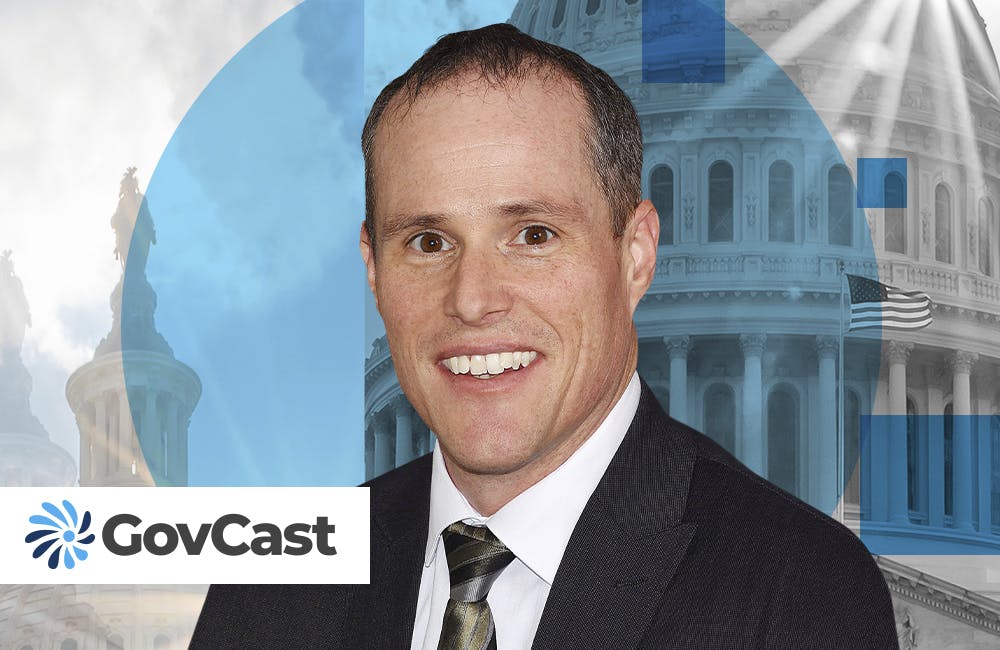VA Streamlines Top Contracting Opportunities with Automation
Leaders from VA outline their targets for upcoming contracts and explain the next steps in the pipeline.

The Department of Veterans Affairs spent $56 billion in contracts last year, and the agency’s acquisition leaders discuss how vendors can get their foot in the door on upcoming opportunities.
The passage of the PACT Act in August last year is serving as an accelerator for the Veterans Benefits Administration, Matt Manning, head of VBA contracting, said during the VETS23 conference in Orlando, Florida Wednesday. Manning is targeting automation in VBA’s contracts to streamline records management.
“We’ve been paper heavy over the course of time. Now, we’re looking at how can we do this faster? How can we do this better? How can we ensure veterans are getting what they need when they need it? So, we’re looking at things like RPA to scan papers into our system… so a human being doesn’t necessarily have to open every piece of mail, read it and send it where it needs to go,” Manning said. “There’s a need for speed in trying to do trying to move the ball down the field and trying to get our automation really up and running for us.”
Manning asked the vendor community to be “procurement ready” to move contract opportunities from concept to action faster. Phillip Christy, VA’s deputy chief acquisition officer, said that coalitions are helpful for vendors to respond quickly to new opportunities.
“Coalitions like this are very helpful and in doing a good job to help share information – what might be coming down through the legislation process or emission requirements that are kind of broadly put out in the federal space – and also, pay really close attention because this is where the gold is, the nuggets. What do budgets look like?” Christy added.
VA has multiple “huge contracts” in the works, including the $15 billion Medical Supply Management Support IDIQ that was awarded May 23, and Chris Parker, VA’s associate executive director of the Strategic Acquisition Center said strong subcontracting will be key. Parker’s office is focusing on bolstering synergies to improve veteran services.
“As we start taking a look at that, enforcement mechanisms are incredibly important to us… that’s something we’re taking a look at very, very carefully across the VA,” Parker added. “The reason we like our roadmap [is]… you can start seeing commonalities between systems that typically are very diverse, very disparate. … As we start looking at the overall portfolio – trying to come up with a single face to veterans – this is going to become more and more important to find those touchpoints in between those major programs.”
VA is in initial talks with the Small Business Administration (SBA) to discuss getting credit for subcontracts.
“That’s just something that we’re working on. Again, no guarantees. These are just initial discussions. But we do feel it’s probably going to head in that direction for the VA – a lot more stringent tracking and enforcement of the subcontracts,” Christy said. “If that goes down, you’re going to see a real big push for Super oversight on the sub-contracting plans.”
Looking ahead, leaders said VA’s top contracting opportunities will be in construction, IT and professional services, and the has approximately $50 billion additional dollars to spend through the PACT Act.
“Those are some real big opportunities with a lot of money being spent in the next few years there,” Christy said.
While VA is still in acquisition planning, Parker said the ultimate goal is to have rolling requests for information (RFIs) to increase awareness of the size and scope of what the agency needs.
“We’re still looking at the acquisition planning and the like, but the idea is rolling RFIs so that everyone’s aware of what we’re looking for, the size and scope of those things,” Parker said. “When I say professional services, I mean one part is going to be clinical specifically… then the other side is more about staffing, program offices, helping HR… when you have more patients, you need more support staff. And so, those contracts are coming really, really soon.”
This is a carousel with manually rotating slides. Use Next and Previous buttons to navigate or jump to a slide with the slide dots
-

CIA Adds Fourth Pillar to AI Strategy, CAIO Says
Lakshmi Raman says the new pillar marks a strategic shift toward embedding AI more deeply into the CIA’s day-to-day mission execution.
3m read -

FEHRM CTO Targets Two-Year Cloud Migration for Federal EHR
Lance Scott touts new EHR tech advancements, including cloud migration, expanded data exchange and AI integration to improve care delivery.
4m read -

AI Enables Coast Guard’s Workforce to Transform Operations
The Coast Guard’s Deputy CIO Brian Campo delves into the ways AI is pushing the service to rethink its core services, workforce and operations.
14m watch -

DOL Turns to Workforce Development to Maintain AI Superiority
DOL is bridging the AI skills gap through partnerships and upskilling to ensure future AI workforce readiness.
10m watch








